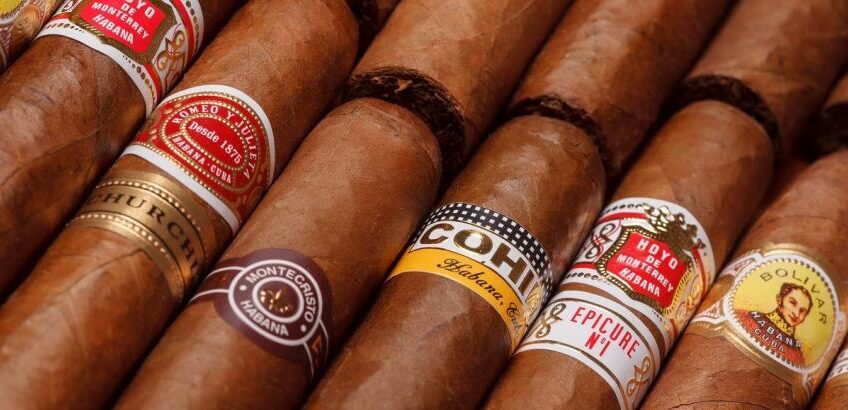‘Habanos’ is the denomination of origin of the cigars produced in Cuba. The best of the world.
When Christopher Columbus arrived in Cuba, he realized that the Aborigines accompanied social and religious ceremonies with tobacco. Since then, the Habano has been a passion and a fundamental part of Cuban culture, tradition and national identity.
Its history is linked to the Cuban independence struggle, where tobacco workers actively participated and were the first organized unions.
The Habano is an exclusive and natural product, completely handmade by experts, who select, dry and roll the best tobacco leaves. Its unparalleled quality is given by the climatic conditions in western Cuba, the characteristics of its soil and the tradition inherited through generations.

